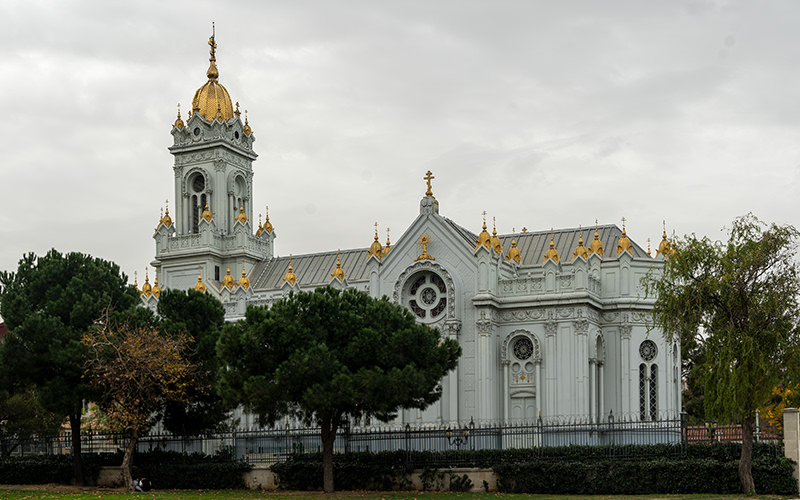Hi! Today I invite you to continue exploring the complex of pyramids in Egyptian Giza. In the previous piece, I talked about the history of these majestic structures; this time, we'll transport ourselves from the cold winter to the hot Egyptian summer, take a short walk around these constructions, and look at photos of the spaces inside the pyramids.
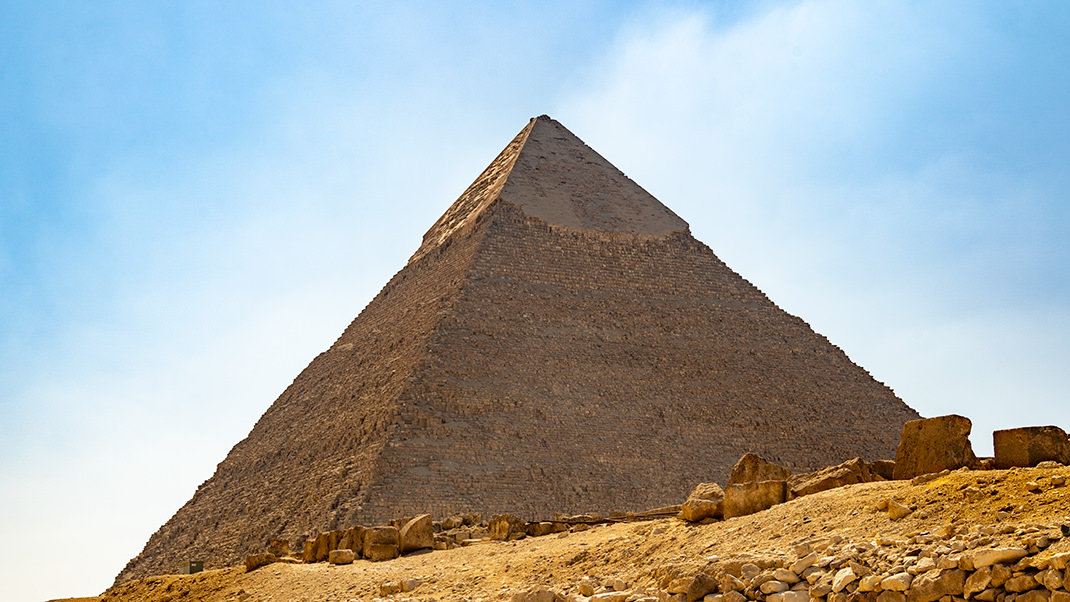

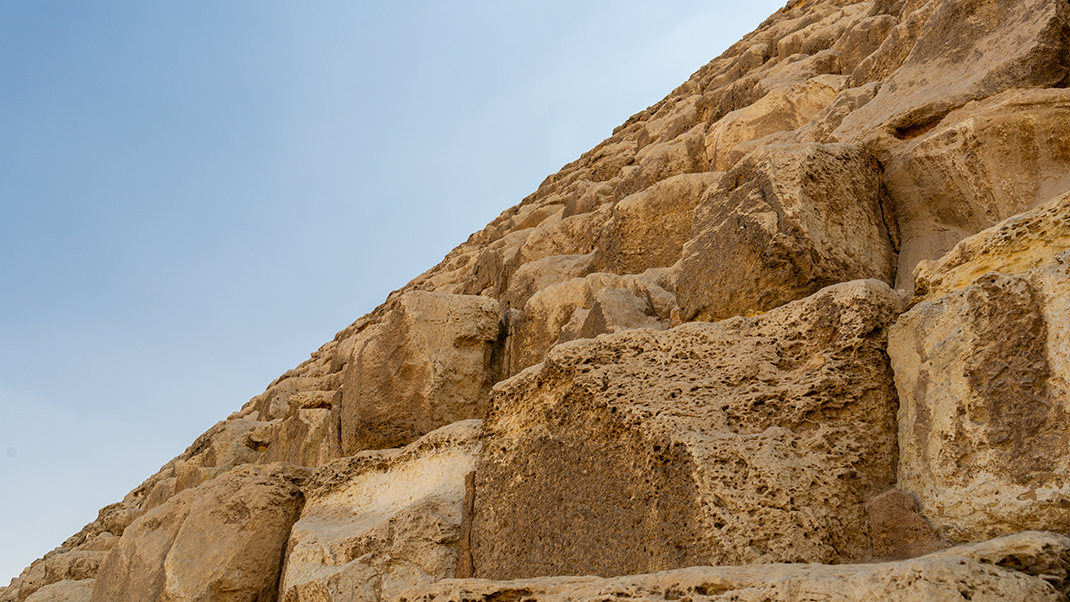
When we refer to the Giza complex, we mean three main structures – the pyramids of Khufu (Cheops), his son Khafre (Khafra), and Khafre's successor, Menkaure. We reached these landmarks from Cairo by taxi, and the fare was 120 Egyptian pounds.
As for entrance fees, you can find information online about comprehensive tickets for visiting all attractions, but during our visit, we could only purchase separate tickets for different sites. The entrance fee is 200 Egyptian pounds, visiting the Khufu pyramid is 400 pounds, and the Khafre pyramids are 100 pounds. In total.
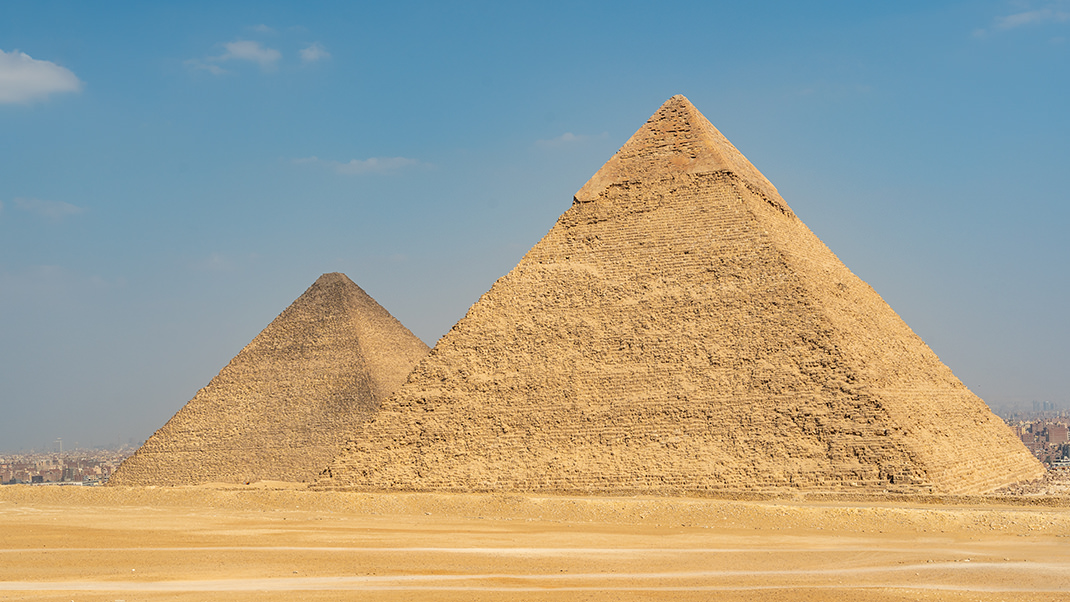
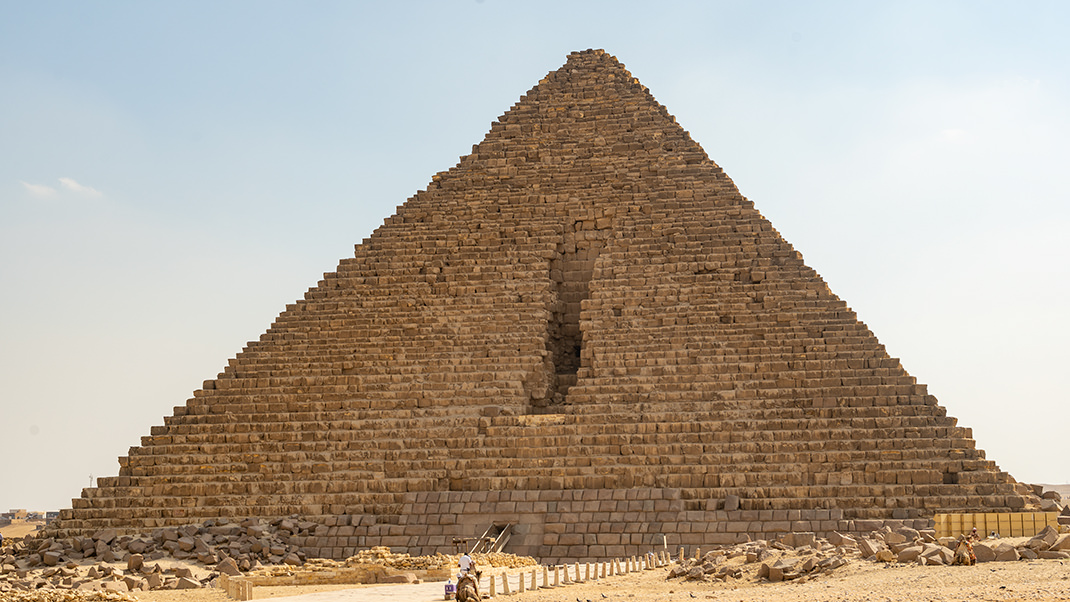
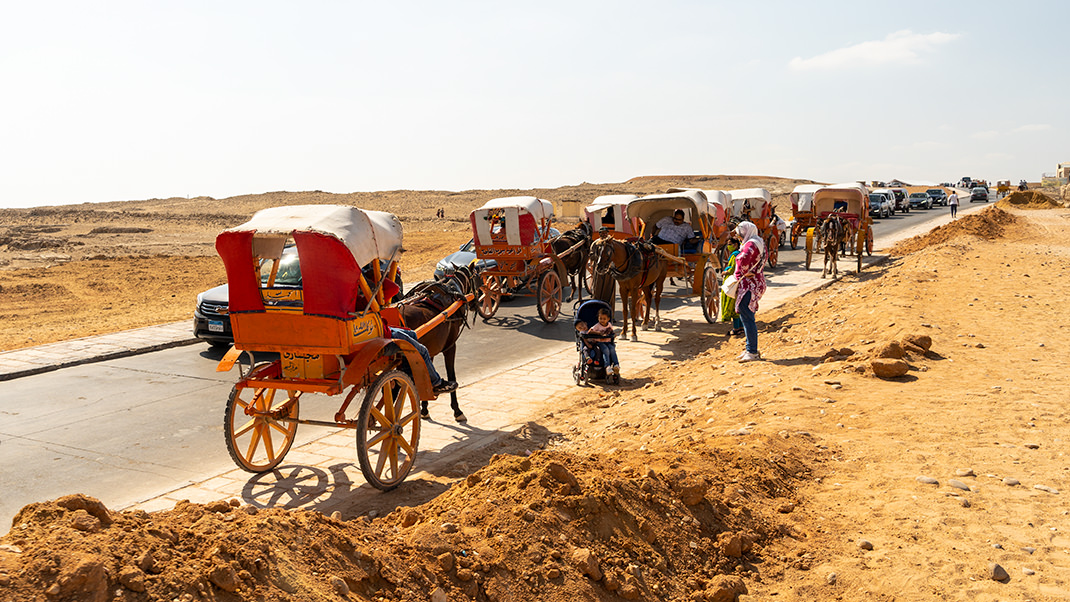
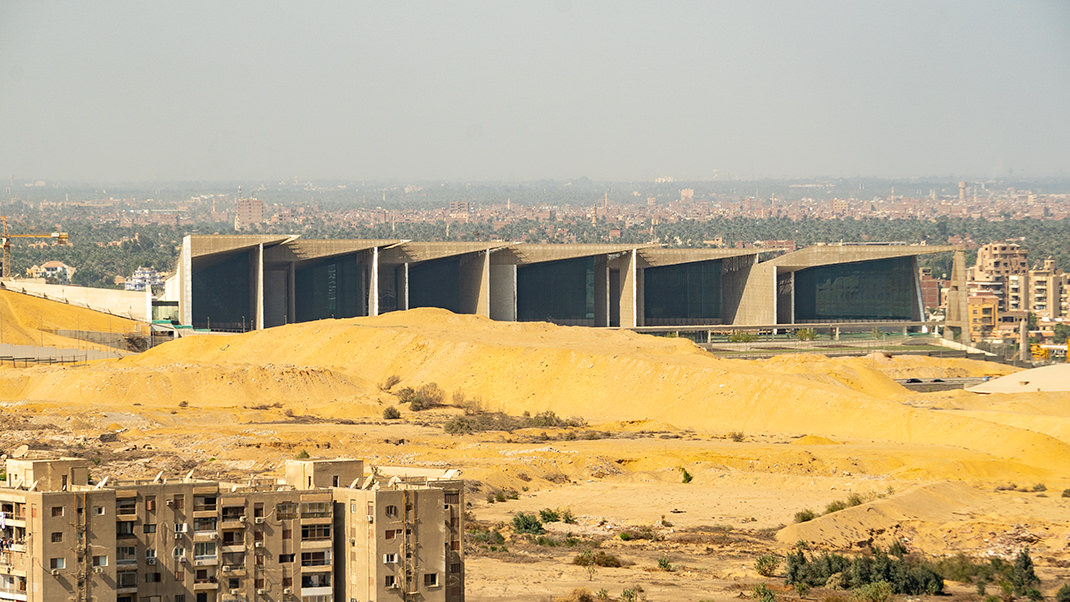
You can explore the complex on foot, and such a journey takes at least three hours. Alternatively, you can choose more exotic options like a horse-drawn carriage or camel ride.
Many visitors buy tickets that include access to the interior of the pyramids. From my experience, I can say that this adventure is not easy. Inside the ancient structures, it's very hot, and you have to move bent in half. Although memories of such difficulties may fade over time, the experience of visiting such significant landmarks will last a lifetime.


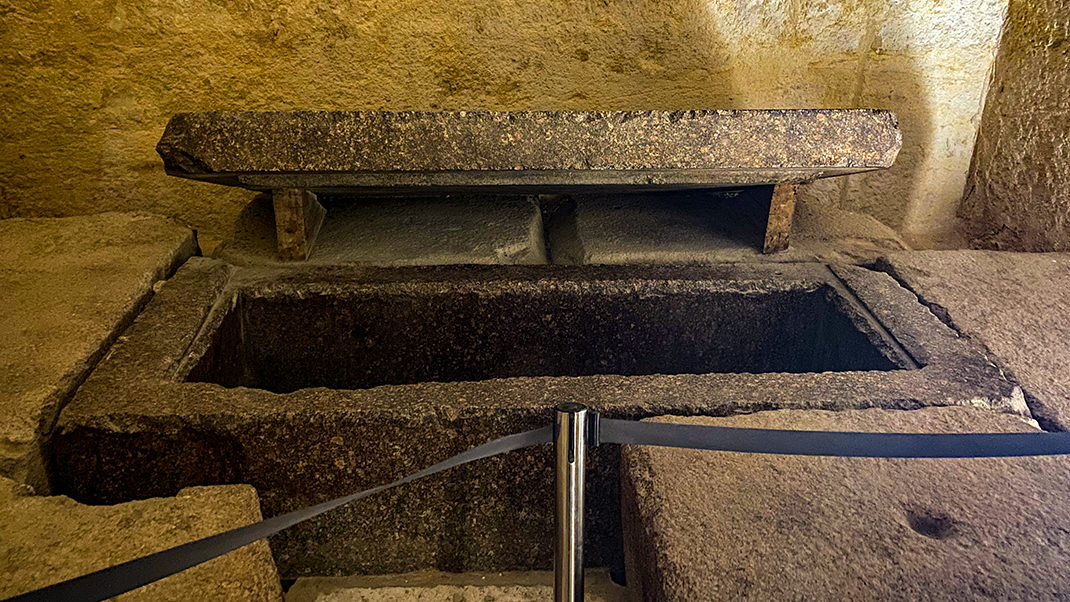

The Great Pyramid
The main structure in the Giza complex is the Pyramid of Khufu, or the Great Pyramid. Alongside the Hanging Gardens of Babylon or, for example, the Colossus of Rhodes, this construction was part of the list of the Seven Wonders of the World. By the way, it's the only representative of this peculiar ranking that has survived to our days. There's another record related to the Great Pyramid: it is the tallest structure of its kind.
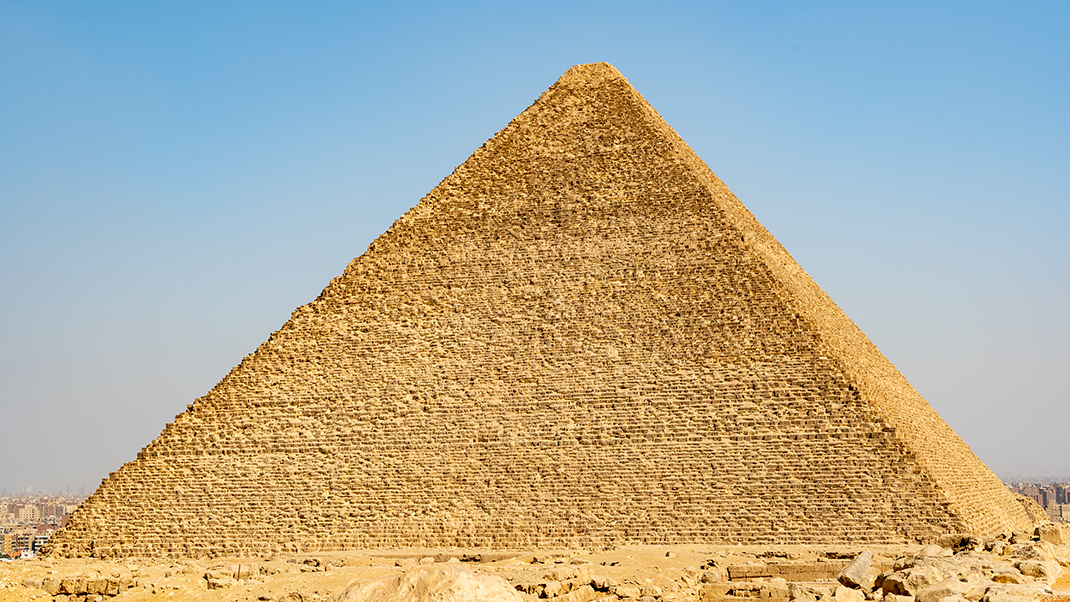
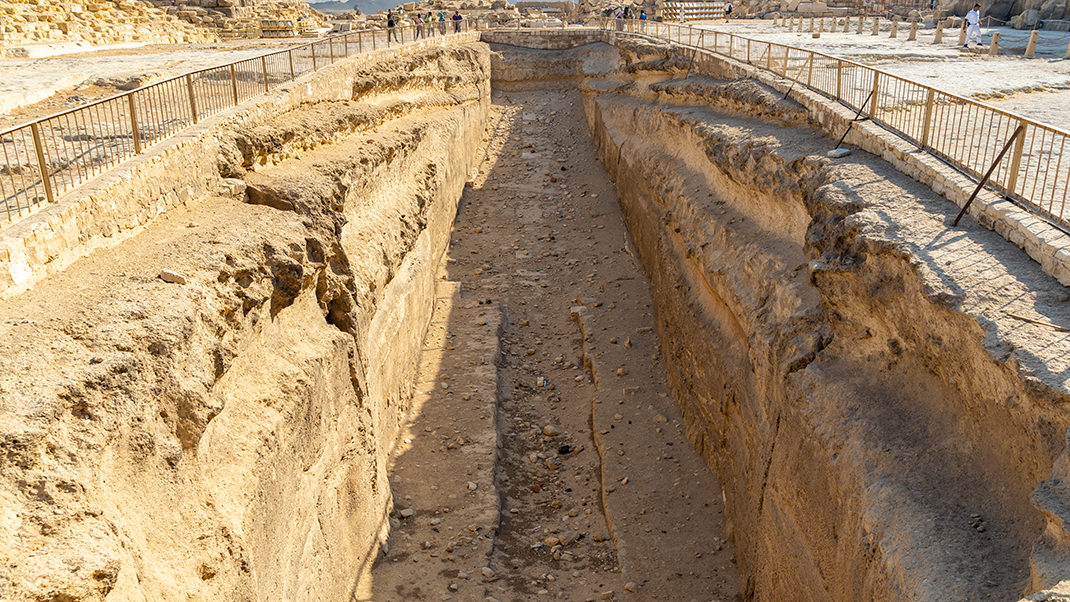
This grand object was built about 4,600 years ago. How this happened is still a subject of debate. More than four thousand builders, architects, and engineers were involved in the work, residing year-round in buildings nearby.
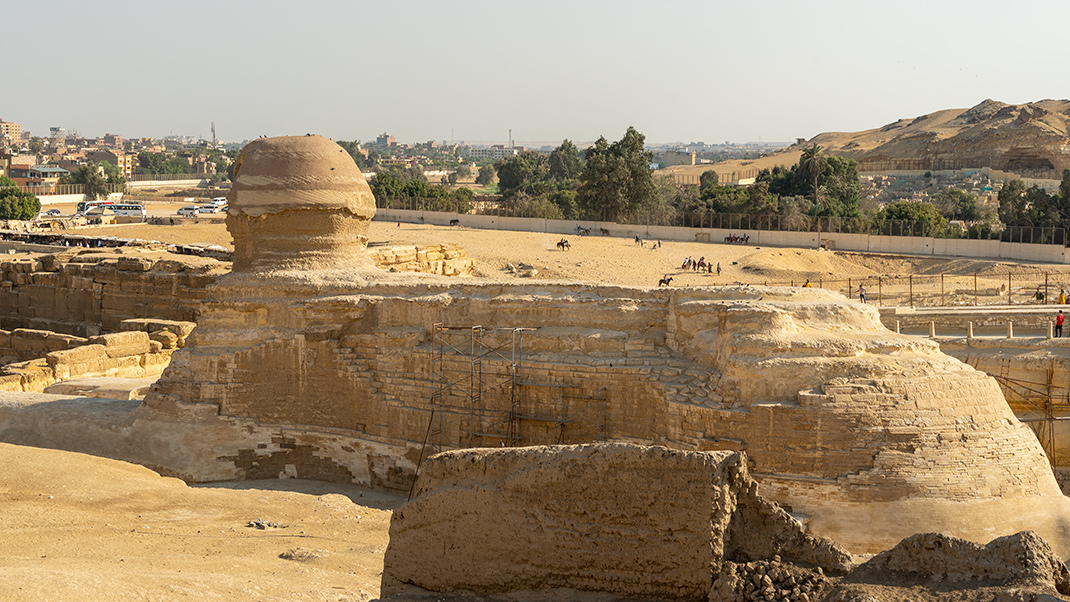
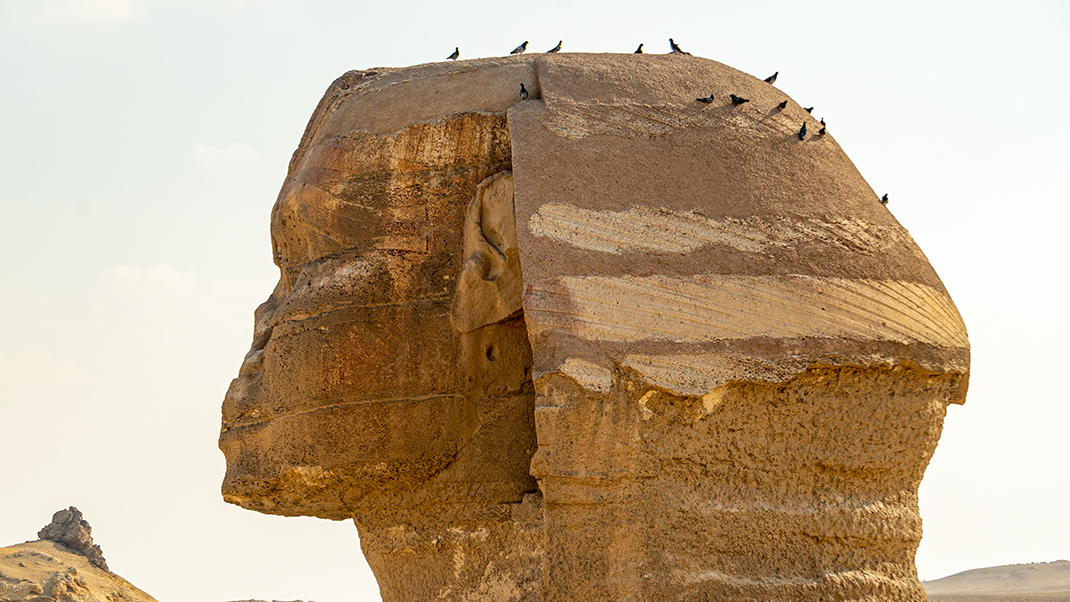
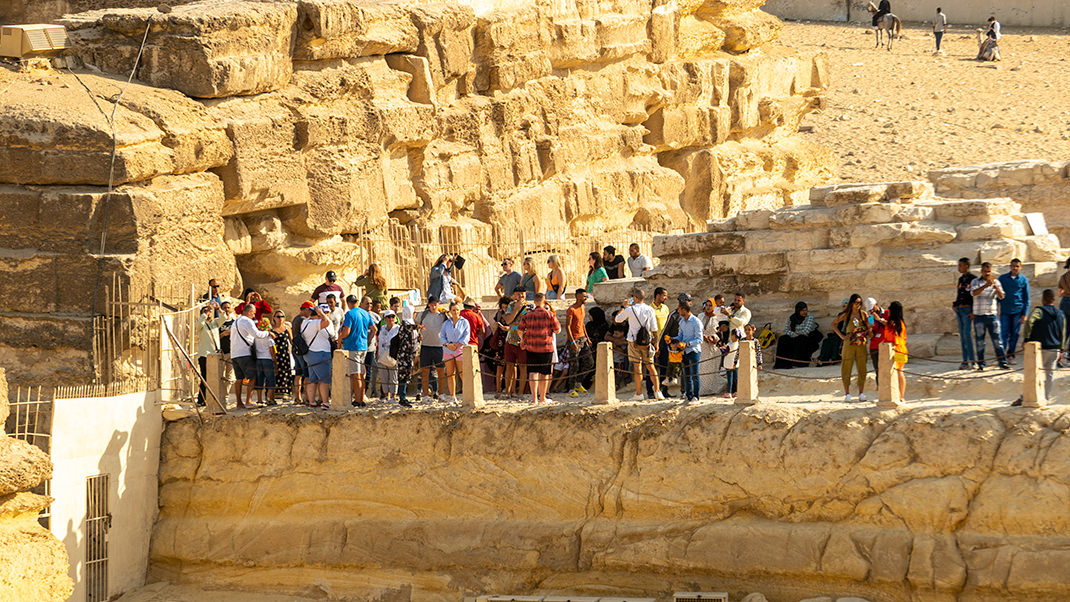
The initial height of the pyramid was 146.6 meters. The structure consists of more than two million limestone blocks. Napoleon Bonaparte, who went on the French campaign in Egypt, calculated that the amount of stone in the Pyramid of Khufu would be enough to build a one-meter wall around the entire perimeter of France.
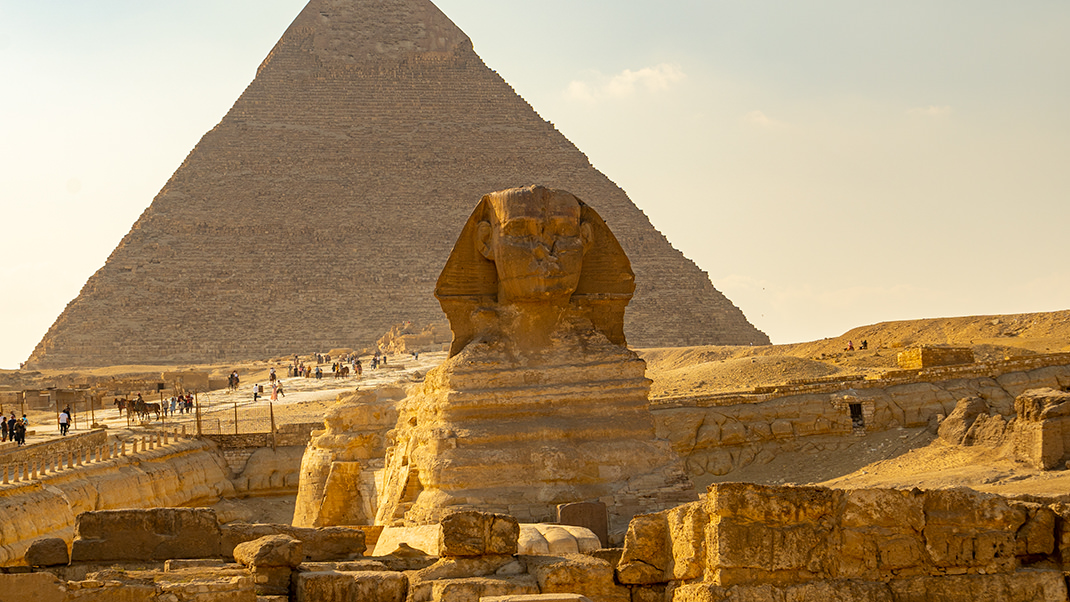
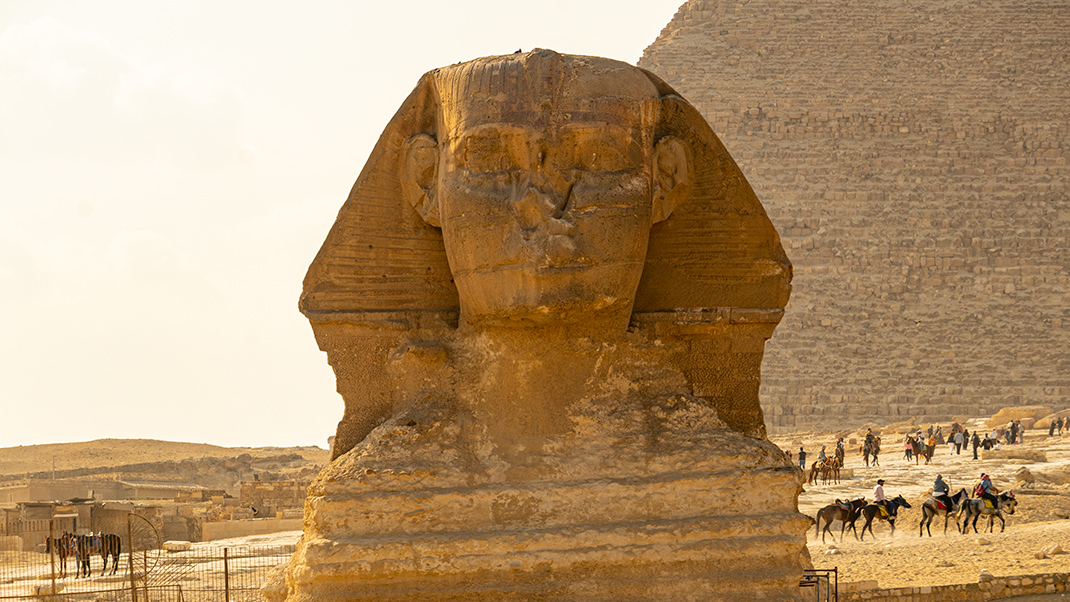
Lastly, a few words about the purpose of the pyramid. This enormous structure served as the burial place for only one person, the pharaoh of Ancient Egypt. Together with the rulers, many valuable items were sent to the 'Fortress of Eternity,' as the Egyptians called the tombs of their kings. By the way, the only unrobbed tomb in Egypt to this day is the burial of Pharaoh Tutankhamun. Today, the golden mask of this ruler is kept in the Egyptian Museum, which we also visited during our trip to Egypt.
Have a nice trip!




